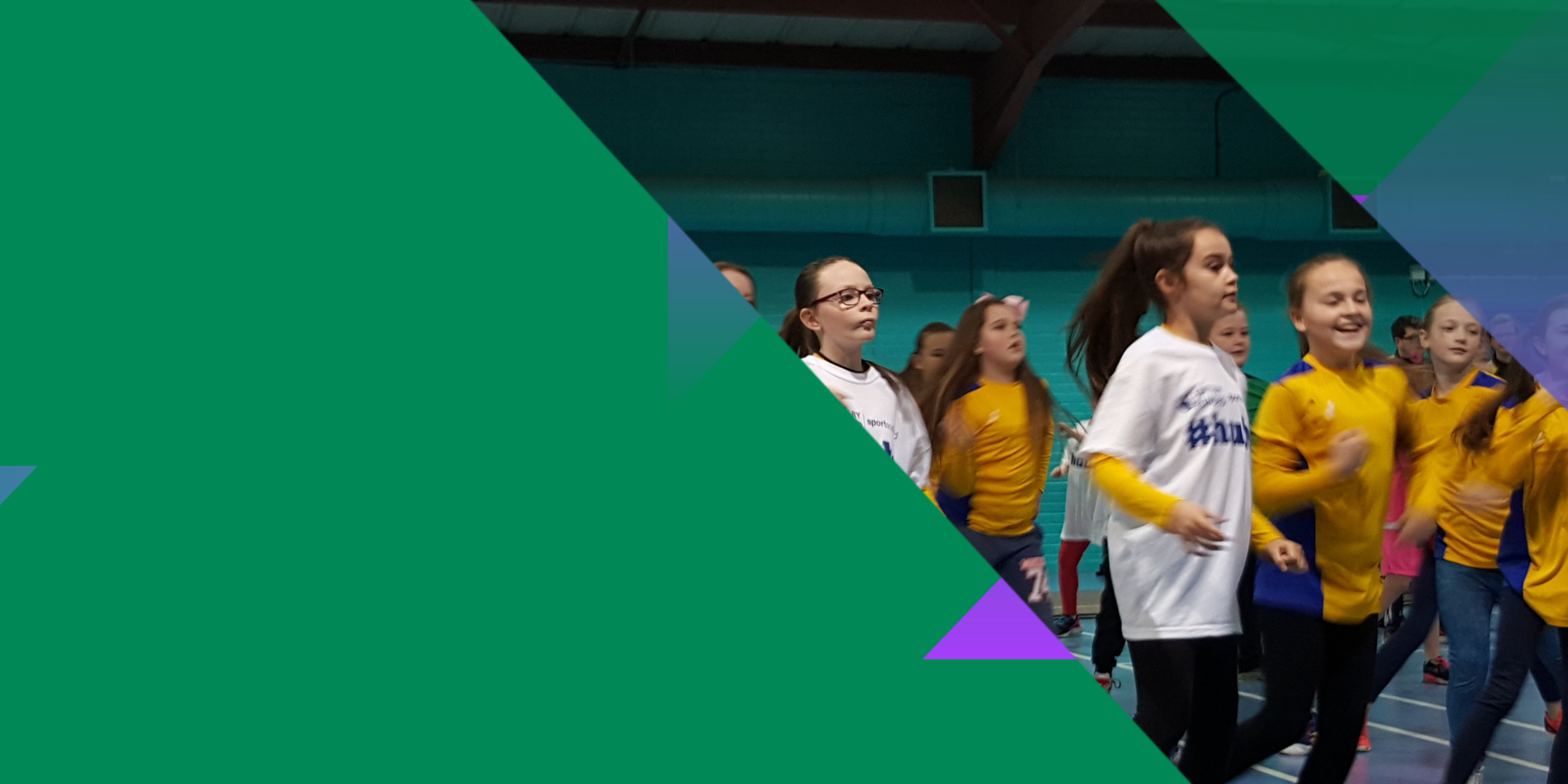Working with the Scottish Government to encourage people to be active as a legacy of Glasgow 2014 Commonwealth Games.
Impact & Learning
Key learning:
The University of Strathclyde evaluation of Legacy 2014 recommended that:
1. There is a need to define intermediate steps in reaching the ultimate objective of getting everyone in Scotland to achieve the recommended levels of physical activity. The current dichotomy of ‘active’ and ‘inactive’ is unhelpful in encouraging those to undertake limited activity to get started to become active AND to those already engaged in some, moderate activity.
2. Develop a progressive model that nudges and supports inactive individuals toward more activity, and more independent activity – whatever their starting point.
3. More planning of resource requirements prior to project start: Physically inactive people are ‘hard to reach’. They are more likely to be socially isolated. They are unlikely to have connections with existing networks based on physical activity or to have links with locations where such activity takes place. Knowing their needs and aspirations is important.
4. Identify and work with individuals at their individually appropriate activity level, responding to the activities that interest and motivate them.
5. More research needs to be undertaken amongst those least active to identify the initial ways in which they might engage with projects and activities that are based on physical activity.
Since 2017 when this report was published, Sport Scotland as well as their counterparts in England, Wales and Northern Ireland have developed their practice, funding and evidence collection in ways that reflect some of these recommendations.
Spirit of 2012 also continued to develop our own approach to physical activity funding based on the lessons of Legacy 2014. You can read more about this in Step Change: Working Together for a More Active Society.

